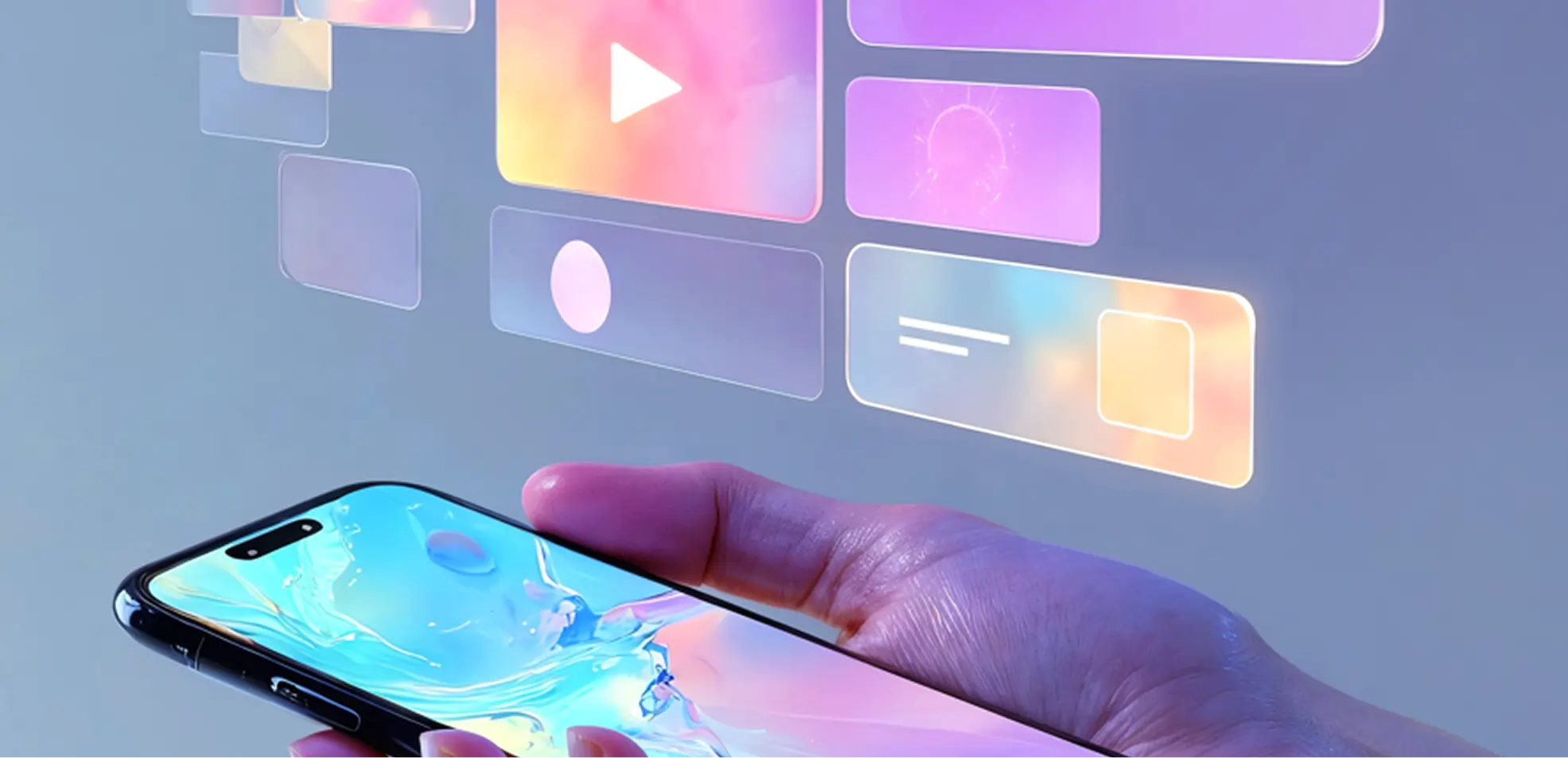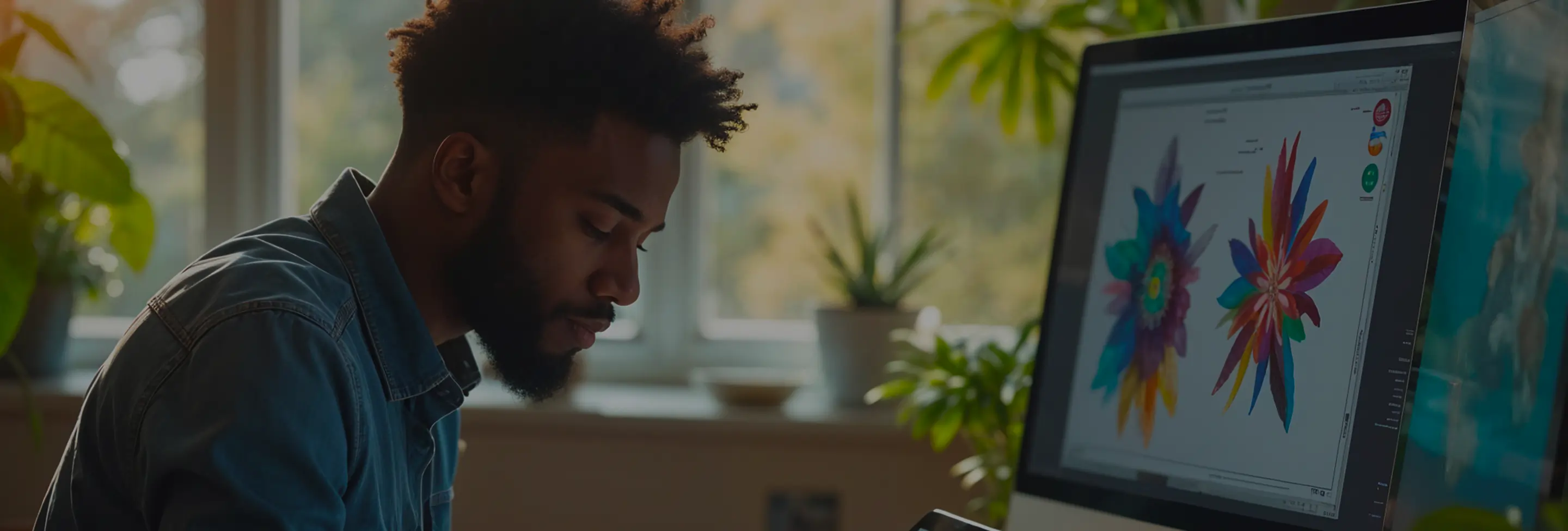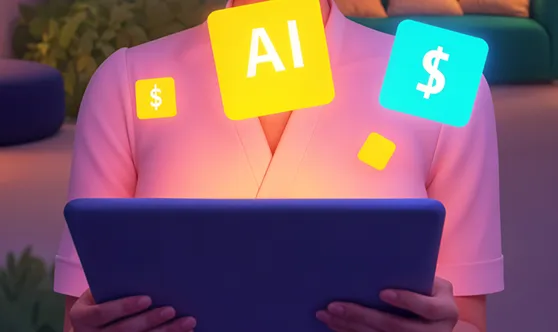
In our review of over 7,500 AI-powered website design projects, we identified the most pressing questions that designers and developers face. These queries not only highlight common challenges but also shed light on effective strategies and best practices. This comprehensive Q&A article delves into these critical aspects, providing clear, actionable answers to empower you in creating cutting-edge AI-driven websites.
AI website design leverages artificial intelligence technologies to automate and enhance various aspects of the web design process. Unlike traditional web design, which relies heavily on manual coding and design decisions, AI-driven design utilizes machine learning algorithms, natural language processing, and data analytics to optimize layout, user experience, and content dynamically.
Example: Tools like Wix's ADI (Artificial Design Intelligence) can automatically generate website layouts based on user inputs, significantly reducing the time and effort required compared to hand-coding a site from scratch.
AI integration in website design offers several advantages:
Actionable Tip: Implement AI tools to analyze user interactions on your site and adjust content or layouts in real-time to better meet visitor preferences.
Several AI tools have become indispensable for website design:
Code Example: Integrating ChatGPT for customer support.
<!-- ChatGPT Integration Example -->
<div id="chatbot"></div>
<script src="https://cdn.jsdelivr.net/npm/chatgpt-widget@latest"></script>
<script>
ChatGPT.init({
selector: '#chatbot',
apiKey: 'YOUR_API_KEY',
welcomeMessage: 'Hello! How can I assist you today?'
});
</script>
AI personalizes user experiences by analyzing data such as browsing history, location, and user behavior to tailor content, layout, and recommendations. Machine learning algorithms predict user preferences and dynamically adjust elements to enhance engagement and satisfaction.
Practical Example: An e-commerce site using AI can recommend products based on previous purchases and browsing patterns, increasing the likelihood of conversions.
Machine learning (ML) algorithms process vast amounts of data to identify patterns and make informed decisions. In website design, ML can:
Follow-up Explanation: For instance, ML can analyze which layout variations lead to higher user engagement and automatically implement the most effective ones.
Yes, AI significantly enhances website accessibility by:
Actionable Solution: Utilize AI tools like Microsoft's Seeing AI to automatically generate accessible content, ensuring compliance with accessibility standards.
NLP enables websites to understand and respond to user inputs in a more human-like manner. This enhances functionalities such as chatbots, search engines, and content generation, making interactions more intuitive and efficient.
Real-World Example: Implementing an NLP-powered chatbot can handle customer inquiries more effectively, providing instant support and improving user satisfaction.
To effectively integrate AI into your design workflows:
Configuration Sample: Setting up Adobe Sensei for automated image tagging.
{
"service": "AdobeSensei",
"apiKey": "YOUR_API_KEY",
"features": ["imageTagging", "contentOptimization"],
"settings": {
"taggingLevel": "detailed",
"optimizationFrequency": "daily"
}
}
AI tools can automatically adjust website layouts for different devices and screen sizes, ensuring a consistent and optimal user experience across various platforms. By analyzing device data, AI can modify elements like navigation menus, images, and text sizes in real-time.
Example: An AI-driven responsive design tool can switch from a multi-column layout on desktops to a single-column layout on mobile devices without manual intervention.
Implementing AI in website design can present challenges such as:
Troubleshooting Tip: Regularly audit AI systems for accuracy and fairness, and establish contingency plans to address potential system failures.
AI can optimize website performance by:
Actionable Solution: Implement AI-powered analytics tools like Google Analytics with AI enhancements to gain deeper insights into performance metrics and optimize accordingly.
Some common misconceptions include:
Important Note: While AI can automate many tasks, the creative and strategic input from human designers remains crucial for successful website design.
To stay current:
Follow-up Explanation: Subscribing to newsletters from platforms like Adobe and attending AI-focused design workshops can provide valuable insights and keep you informed about the latest trends.
Future trends in AI website design include:
Practical Example: Future websites may feature AR-based product previews, allowing users to visualize items in their environment before making a purchase.
Integrating AI into website design is transforming the digital landscape, offering unprecedented efficiency, personalization, and optimization capabilities. By addressing these critical questions and leveraging the insights from thousands of design projects, you can navigate the complexities of AI-driven design and create websites that are not only visually stunning but also highly functional and user-centric.
Related Questions:
Important Note: Always ensure that your AI implementations comply with relevant data protection regulations and industry standards to maintain user trust and safeguard information.




Subscribe to our newsletter to receive $100 off your first month of Tapflare's flat rate unlimited design and development service. Your coupon code will be sent to your email.